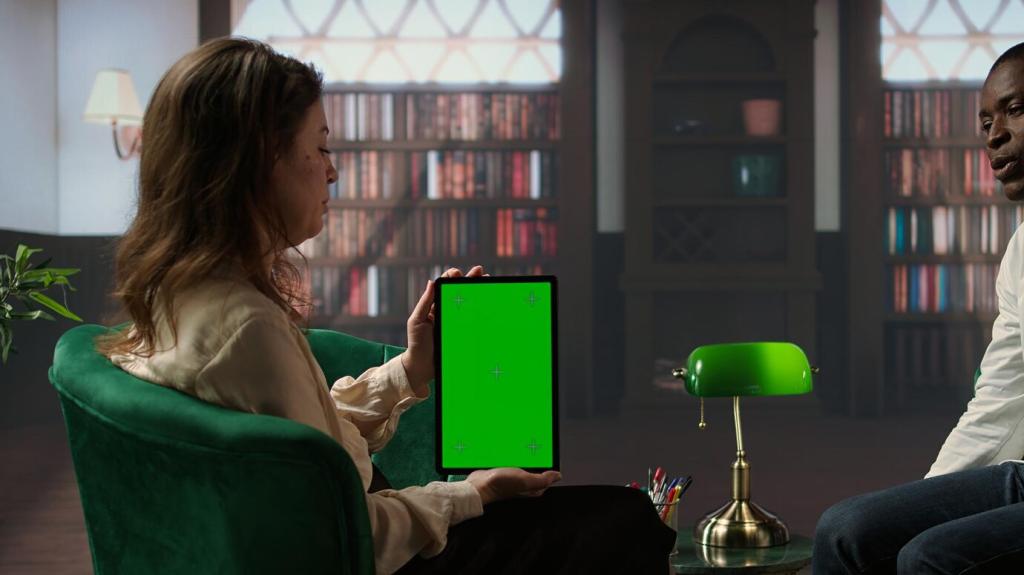Green Building Tech: Inspiring Stories and Concepts
The future of architecture lies at the intersection of sustainability and innovation. Green building technology is transforming communities, reducing emissions, and forging resilient, human-centric spaces that respect the environment. Visionary projects around the world showcase how eco-friendly principles and technological advancements can blend harmoniously, driving progress and inspiring new generations of builders and designers. In this exploration, we dive into stories and concepts that exemplify the potential and promise of green building tech.
Pioneers in Sustainable Architecture
The Vision Behind Bosco Verticale
In the heart of Milan, Bosco Verticale towers rise as a powerful testament to what urban forestry can achieve. Designed by Stefano Boeri, these lush vertical forests incorporate over 900 trees and countless shrubs across their façades. This visionary concept not only reduces the buildings’ energy consumption but also improves air quality and fosters biodiversity in an otherwise concrete-dominated city. Beyond mere aesthetics, Bosco Verticale represents a paradigm shift: treating buildings as active contributors to the ecosystem. Residents report cooler interiors in summer and improved well-being, while the project has inspired urban planners globally to rethink city landscapes and reclaim nature’s place within the urban fabric.
BedZED: A Blueprint for Zero-Energy Living
The Beddington Zero Energy Development (BedZED) just outside London is an iconic showcase of how entire communities can thrive while minimizing their environmental footprint. This residential neighborhood is constructed from local, recycled materials and features superior insulation, solar panels, rainwater collection, and community heating systems. Residents enjoy not just lower energy bills but also a vibrant sense of community, with shared gardens and green spaces fostering sustainable lifestyles. BedZED demonstrates that green tech is not solely about buildings, but about nurturing communities holistically, harmonizing environmental responsibility with everyday living.
The Phoenix Project in Singapore
Singapore’s Phoenix Project exemplifies integrated green design in a densely populated urban setting. Its innovative façade employs algae bioreactors to generate clean energy and filter pollutants from the air while its rooftop gardens collect rainwater and reduce heat island effects. As a public housing initiative, Phoenix goes beyond reducing utilities—it sets a benchmark for scalability, showing that green building can be accessible for all. With positive impacts on health, comfort, and economics, this project encapsulates the promise and tangible benefits of sustainable urban living.
Smart Technologies Transforming Green Buildings
Intelligent energy management is at the heart of the green building revolution. Advanced systems use sensors and algorithms to continuously monitor energy consumption, adjust lighting, and optimize heating, ventilation, and air conditioning in real time. The Edge in Amsterdam is a prime example, housing thousands of sensors that respond to occupancy and sunlight, ensuring resources are used only as needed. Employees can even control their workspace environments via smartphone apps. As offices and homes become smarter, the results are staggering energy savings, reduced emissions, and enhanced comfort—offering an inspiring vision of sustainable tech’s capacity to change daily life.

Nature-Inspired Design and Biophilia
Embracing Biophilic Design in Workspaces
Biophilic design integrates natural elements—light, greenery, textures—into the built environment to nurture well-being and productivity. The Amazon Spheres in Seattle exemplify this concept, enveloping employees in lush, indoor gardens designed to stimulate creativity and reduce stress. Extensive use of natural materials, dynamic daylight, and climate-responsive design create multi-sensory spaces that support mental health. Numerous studies confirm that such environments boost concentration and job satisfaction, making a compelling business case for biophilia in addition to its ecological benefits.
Biomimicry in Building Systems
Biomimicry involves studying nature’s models and processes and translating them into innovative human designs. One striking example is the Eastgate Centre in Harare, Zimbabwe, which uses termite-mound-inspired ventilation to passively regulate temperature. By mimicking the self-cooling systems found in nature, the building dramatically reduces the need for air conditioning, saving both energy and money. Such approaches illustrate how sustainability can be achieved by working with, not against, natural processes—with the landscapes around us providing both inspiration and solutions.
Urban Farming and Living Roofs
Green roofs and urban farms exemplify the union of built and natural environments. Projects like New York City’s Brooklyn Grange have transformed acres of rooftops into productive gardens, supplying fresh produce to local communities while reducing stormwater runoff and insulating buildings. Living roofs moderate city temperatures, create habitat for pollinators, and reconnect city dwellers with food and nature. These initiatives provide immediate ecological benefits while stimulating dialogue about our relationship to urban spaces—a dialogue essential for the future of sustainable cities.
